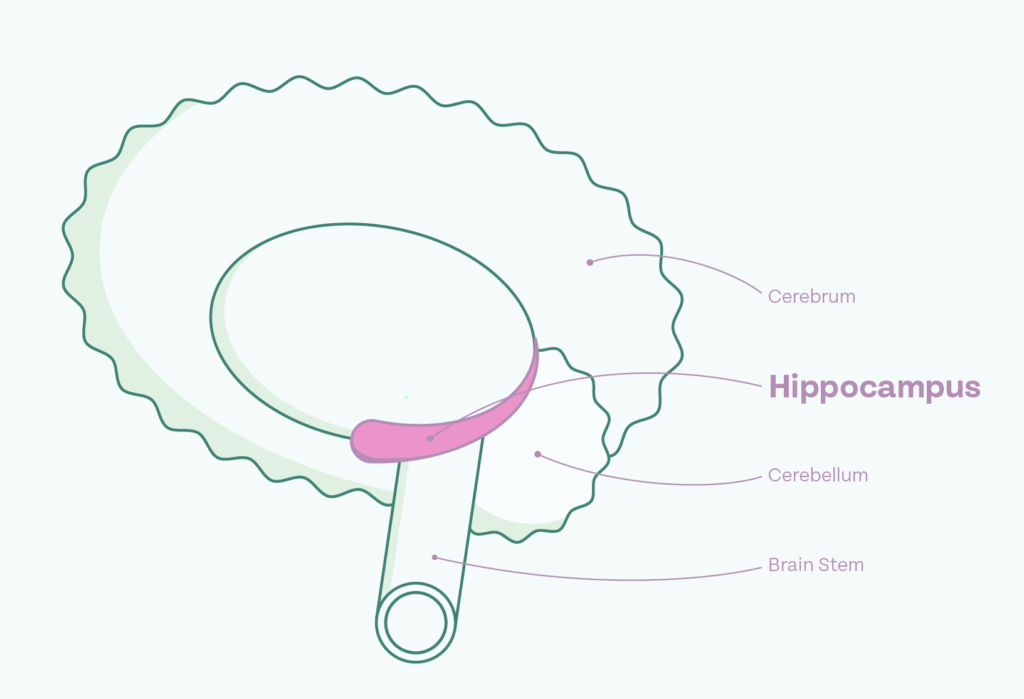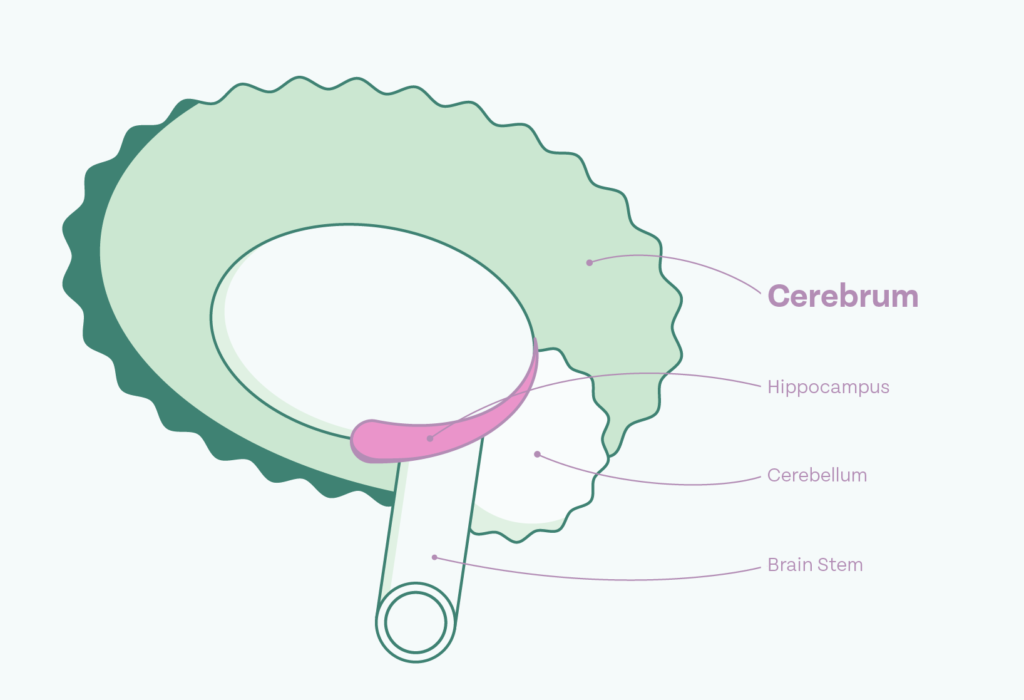Pre-“r”amble
This little diddy comes from some inspiring work from Jeff Hawking and his theory of intelligence and how the brain works. It’s a great book that proposes an interesting idea. What you’re about to read is an attempt to wrap my head around how that can map to my personal design work and career. I’m not one to write long form stuff, or anything really, so enjoy this very unique one of a kind experience! Enjoy, and please let me know if you have any comments!
Intro
I am a designer. My experience ranges from physical to digital, from print to structural, from vague to targeted. Most of my work tends to focus on the built environment, and this is precisely what makes me such an intuitive and effective designer in other mediums.
In the physical world, I use typography, color, and material to make signs, maps, and experiences to guide and connect people to the space. These things help make it navigable, memorable, and experiential.
But how do these elements really help people? How do people process this information? How do our brains assemble all this information and use it to navigate the world? What does the physical world have to do with our experience?
The brain
Historically, the brain has been split into three parts. Old, new, and the lizard brain. The lizard brain controls body functions (breathing, heart rate, etc.), the old brain “controls” emotions, and the new brain controls thought. It’s challenging to split emotions and thinking, but emotions are simplified here. Think fight or flight. The thinking portion of the brain is able to override the emotions given the time and energy, but in a true emergency the old brain will takeover.

So where does design and architecture come into this? Near the old brain is a small part called the hippocampus. This area of the brain is thought to impact movement and memory. In 2005 scientists discovered that within this area are what they called grid cells. These are neurons that fire at specific moments when navigating through a space. As you move back through a space, the same cells will fire again signaling that specific neurons are linked to specific locations in space. This “grid” of cell firing is what builds a mental model of the space and is why they are called grid cells. As you navigate through a space more and more of these cells are designated creating higher and higher fidelity models of the area you are in. In addition to grid cells, the scientists discovered place and rotation cells. These mark different areas, and also designate how your head was tilted at the time in order to align and calibrate everything.
Our brain uses these grid and place cells to build accurate models of the space around us and link various information to these points in space. As an experience designer, I work to augment spaces and experiences with additional layers to further complete the fidelity of that model. Adding signs, graphics, controlling sound, and conveying information. That’s where my wayfinding expertise impacts the brain. The goal is to make the space as identifiable, navigable, and memorable as needed with the fewest barriers. This aids in the construction of the mental model.
BEYOND SPACE
So if the tiny hippocampus is used for building mental models of the world around us, if it’s responsible for something so integral to our lived experience. Why is it so small, and what the heck is the rest of our brain for?

The majority of the brain (cerebrum) is where human intelligence comes from. It’s where we think, conceptualize, idealize, and communicate. What is interesting is this portion of the brain is constructed, at a cellular level, in the same way that the grid cells in the hippocampus. They are called cortical columns. A complex structure of neurons that connect and interact in complicated ways. But their main function, research has found, is to build, adjust, and communicate models. And if these columns build mental models of the physical world in the hippocampus, then they build models of ideas and thoughts in the cerebrum. But instead of spatial models, it’s models of thought. The movement, navigation, and other cues that help to construct a mental model of space around you parallels the learning, thinking, and concept building that happens in the cerebrum on a cellular level. Since humans are so grounded in physical space and use movement to build and construct mental models of the world around us; do models of ideas and though get built and constructed through a form of movement on a cellular level? Is forming ideas, learning, and conceptual thinking all a form of movement? And if, as an environmental designer, I guide movement; am I not also experts at guiding thought?
THOUGHT IS MOVEMENT
So how does this relate to my design work. My expertise does not just end at helping you navigate through space, it can helps you navigate through ideas. The basic principles of design (contrast, balance, emphasis, proportion, hierarchy, repetition, rhythm, pattern, white space, movement, variety, and unity) start to become tools for navigation, for learning, and communication. Things beyond just beauty and form. At a campus we’d give you a directory, on a website we’d give you a nav bar. On a trail you’d see some arrows, in a database you’d read the columns. At a store you’d see a large overhead sign, in the Great Gatsby you get the green blinking light. These elements go beyond just the visual, and start to trickle into narrative, pacing, and communication. Repetitive familiar elements craft stories, aid navigation, and enable clear communication. In The Design of Everyday Things, Donald A. Norman says, “…the fundamental principles of designing for people: (1) provide a good conceptual model and (2) make things visible.” The word “designing” in this quote can become any verb. Teaching, communicating, writing, etc.
So how do I get people from here to there? No matter the medium, no matter the goal I help build models. Using design principles of color, hierarchy, pacing to make it visible and clear. I am curious. I research, and ask questions in order to make it relatable. I control the messaging, the pacing, and the story. I am an explorer forging a way forward, leaving signs and clues in my wake so those that come after can follow along.
CONCLUSION
And whether that is an office, airport, information architecture, a mobile app, a blog article, or a client presentation; my expertise, grounded in the physical world, is what makes my design perspective so unique. It’s what makes me so suited to do the job of communicating, of story telling, and of navigating.
I guide navigation. I guide people through space, concepts, and story. My design skills and experience in physical space, years of designing signage, exhibits, and environments is exactly the strength that allows me to be such a strong holistic designer. Exploring master planning, narrative, story telling, experience, etc. all the way down to UX, layout, animation, icon design, infographics, etc. and finally getting as basic as communication in its simplest sense. I am a communication designer, and my background and skills in the physical world my secret to success.
I am a wayfinder.
I am an expert on movement.